The Article
The Beatles: Which Mono Vinyl Version?
26th February 2016

Paul Rigby reviews The Beatles In Mono vinyl box set, provides an extensive comparison test bench with other pressings and various mono cartridges of different budget types and looks back at classic Beatles boxed sets from the past
Arriving in a sturdy flip-top box, the limited-edition 14LP box set includes the group’s first nine UK albums, up to The Beatles (The White Album), the American-compiled Magical Mystery Tour and Mono Masters, a collection of non-album singles and tracks, all pressed on 180gm virgin vinyl featuring replicated artwork and packaging plus an LP-sized, 108-page hardbound book. Each mono LP is also available to purchase, individually.
This is not a feature on how the records were produced but devotes itself to sonic comparisions, to form a sort of Buyers Guide, if you like. What I must add, though, is that, to produce the mono editions, mastering engineers at Abbey Road actually utilised the original master tapes for this project: not a set of digital transfers. They actually handled the crown jewels for this project. I wouldn’t be surprised if, due to the tapes’ growing fragility, that will be the last time they will be used in such a way.
Before we go any further, the basis for all of the following Sound Tests was a suite of mono cartridges. I was, after all, about to play mono pressings. Sounds obvious but please allow me to emphasise the point: do not play mono pressings with a stereo cartridge and don’t think that pressing a mono button on your phono amp will do the job, it will not. Not because of possible damage or anything like that but because the sound will be no where near the potential of what the mono disc can produce. There is no point in paying out and wasting good money on a mono pressing by playing it with a stereo cartridge as you will only be hearing half of the disc’s capabilities. The differences are that obvious. Would you eat soup with chopsticks? Well then.
RERERENCE HI-FI SYSTEM 1: SOUND TEST
I began the sound test by utilising Reference Hi-Fi 1 (see below for details). This could be termed as the budget approach for mono playback and used an Ortofon 2M Mono cartridge priced at around £240.
I wanted this test to be as thorough as possible. Hence, before I went head-to-head with other vinyl mono pressings, I wanted to gauge the personality of these new discs by bringing in other releases of different formats and types. To see where these mono reissues fit in the overall Beatles canon, as it where. This meant looking at stereo on vinyl plus stereo and mono on CD. Here, I wouldn’t be testing the analogue mono element yet of course and I wouldn’t be enjoying a level playing field, sure, but I could still take a measure of the basic mastering and EQ, in relative terms.
On that basis, I selected the title track to A Hard Day’s Night from the Mono set and compared it with The Beatles In Stereo, 2012 vinyl edition. A tough test because the album, even in its original form, has always been thought of as ‘lively’, in hi-fi terms. The Stereo LP was able to offer lots of interesting EQ information that revealed the core of the mastering.
Playing the Stereo LP was revealing because I was immediately faced with a measure of midrange lift. Experiencing that initial, iconic, dramatic chord from the guitar of George Harrison was comparatively harsh enough to induce wincing at high volumes. By the time I recovered from the slight shock, the song was already 10 seconds old.
The relative harshness of the Stereo pressing was noticeably gone when playing the Mono version. That same Harrison guitar chord now teased the ear and beckoned me further into the mix that the Mono exposed as being noticeably ‘produced’, lacking the clarity and sweet treble of earlier albums. That is, this Mono pressing revealed the extra amount of studio manipulation that the original recordings had received. Such was its revealing nature. As the track progressed, the Mono edition continued to display the true nature of the music on the original master tape, baring all in quite dramatic fashion.
For similar EQ reasons, I then compared the Mono vinyl edition with the Beatles In Mono CD version. Abbey Road might have had a ‘hands off’ policy for the Mono CD edition, in terms of compression, but there was still a distinct digital tension that ran throughout with an unfortunate upper mid hardening. Shockingly, the new Mono vinyl editions use vinyl of such high quality that the silences were quite startling in their inky blackness. Wasn’t the latter supposed to be CD’s unique trick?
Moving to the U.S. Albums CD version of the song, the best available in any digital format, while the top end was definitely airy and spacious with extra solidity in the bass, the Mono vinyl opened up the soundstage tremendously, in comparison. The Mono vinyl also emphasised that human beings made this song because it added emphasis behind the strings of Harrison’s guitar, for example.
Finally, I returned to the analogue source and an original 1964, mono version of the album. The title track on the original pressing was a little lively in the midband, shining a torch on both Lennon’s vocal and Harrison’s lead guitar that obliterated some detail. The reissued Mono edition toned down the midrange and encouraged smooth tones from the Lennon vocal, revealing greater emotion, along with a layered Harrison performance of greater complexity. Welcome additional benefits were a slightly more rounded McCartney bass guitar and lower bass from the Starr drum kit.
Moving to the original mono release of Sgt. Pepper from 1967 and an oft-ignored track, George Harrison’s Within You Without You, resplendent with variable percussion and string effects. How did the reissued Mono edition sound, in comparison? Have you ever seen a cat’s ears monitor the sounds around it? During the first few seconds of the track, I was moving my head and ears in various directions. My attention sped from one aural alert to the next. Not bad for a mono soundstage. So much information was available and such was the new found complexity heard within the gamut of percussive and string combinations. The original release failed to match the sheer smoothness of the midrange on the new Mono edition, coupled with a high degree of detail and the relaxed, capacious nature of the Harrison vocal from the latter.
While the rendition of A Day In The Life, on the original mono mix was highly creditable, the reissued Mono release presented the initial Lennon vocal as positively vulnerable while Ringo Starr’s treble-infused cymbals were fuller cloud forms of treble. This is a particularly busy track. The Mono release will reward you with a host of new, subtle, tiny details (the alarm clock effect, for example) and extra finesse on the larger noises (i.e. the final, building, crescendo).
Where this reissued box set really wins, though, is when you play the early albums. Playing the track Please Please Me, for example, was an absolute revelation.
Despite the technical drawbacks of the initial LP recording, on I Saw Her Standing There, the lack of any subsequent production and anything else that would normally get between the band and your ears, provided an absolute feast of detail. The immediacy of the music was quite startling. Vocals were right there, up close, almost breathing down your ear while guitars and drums were awash with a detailed clarity and sheer freshness that plastered a large smile on my face.
Anna (Go To Him) benefited from a 3D spacious effect that belied the mono signal. It was also wonderful to hear ambient details such as the hum of the guitar amp, after the singing had finished and just before the track ended to enter the inky black silence of the virgin vinyl. While the song, Boys, was so clean in its presentation, it just flowed through the speakers. This album is a truly remarkable recording in terms of immediacy and energy.
REFERENCE HI-FI SYSTEM 1: CONCLUSION
Listening to The Beatles In Mono has changed how I now think of The Beatles. As entities in themselves, I have a new appreciation of the early releases. The lack of production, the lack of studio trickery, the lack of ‘bouncing down’ from track to track and the lower risk of tape azimuth inaccuracies, all means that the early albums are more direct. The group is there, in the room with you. The blend of voices, the structure of the musical accompaniment and the arrangement is also so fine and, oddly, so natural, that hearing this music is akin to fine dining. That is, each element of the track is a taste in itself. You find yourself being delighted. Delighted at the treble in a guitar solo, delighted at the nuance of a vocal harmony, delighted at the energy within backing percussion and more. As for the later albums? Beatles fans will be thrilled. Yes there are, I suspect, possible historical azimuth issues that have reduced some essential treble within the original master tapes and, because of the track bouncing, there is an essential veil that screams “This track has been ‘produced’!” but, when it comes down to it, this music has never been so approachable. Gone is the harsh compression of the Stereo releases, for example, but also you can hear the mechanics of the track there in front of you and the pluses and negatives of the restricted technologies that The Beatles had to use alongside the limitations of the processes. It’s wholly fascinating.
REFERENCE HI-FI SYSTEM 1
Icon Audio PS3 Phono Amplifier
Quad II-eighty power Amplifiers
Tannoy Kensington Gold Reference Loudspeakers
Technics SL-1210Mk.2 (modified) Turntable
SME 309 Arm
Ortofon 2M Mono SE Cartridge
Cyrus CD t transport
Music First Passive Pre-Amp
Audiolab M-DAC DAC
REFERENCE SYSTEM 2
For those who have a larger budget and are not restricted in terms of hardware selection, the story is not quite as straightforward.
The reason? Because the nature of the two best Beatles mono vinyl sources currently available (this Mono suite of releases versus the original pressings) offers greater complications than you might think and, thus, requires more attention to detail. You can only really attend these details with a larger budget, however.
The issue relates to groove size. The subject is large and I don’t want to give you the full chapter and verse right here but the essence is this. When vinyl records first appeared, in mono, they were pressed with a large groove size spanning 1mil. This is how records were sold right up to the mid-60s (with many exceptions, the cut-off line is confusing and not clear). From that point, stereo became popular and the primary vinyl format. Stereo is cut with a smaller, 0.7mil groove. The pressing plants of that time didn’t want to totally exclude the possibility of cutting mono records ever again, though, there was still too much mono record business out there to ignore the mono format. Hence, stereo cutting lathes of the time tended to have a plug-in mono cutter option, when required. Great. Trouble was, though, that you’re no longer using a 1mil lathe any more, you’re using a 0.7mil groove sized stereo lathe. Hence, ‘new’ mono pressings had to adopt a smaller, 0.7mil groove size. That is what the new Beatles in Monopressings feature, 0.7mil grooves (as do all modern mono reissues, incidentally). The original pressings all use 1mil groove sizes.
As you might imagine, if you are playing a new Beatles in Mono vinyl record with a 0.7mil stylus then that stylus will fit the groove exactly. You will hear all of the information available. Wonderful. Problem is, if you then swop discs and compare it with an original pressing (with a larger, 1mil groove remember) then the smaller 0.7mil stylus will wobble and bounce all over the place. There’s far too much room in this original groove and so not all of the information will be heard.
This is what was happening in the tests above but, as that was a budget system, not a lot could be done about it. This, higher-end system though is different.
To get around the issue, I brought in two superb mono cartridges from the Japanese outfit, Myajima. I can confirm how good they are because I have performed tests on both HERE (0.7mil) and HERE (1mil).
With both of these cartridges, I would be able to play each pressing type with its own preferred stylus size, to get a perfect groove fit every time, thus allowing me to properly hear what was going on while allowing each pressing to reach its maximum potential (while also utilising a top flight reference support system).
REFERENCE SYSTEM 2: SOUND TEST
The first test saw the fitting of the 1mil Zero onto my turntable and I wanted to hear what the reissued Beatles pressings sounded with it as a sort of balance to the above tests. Why? Because the budget system used a 0.7mil Ortofon mono cartridge throughout. You’ll remember that I tested both the Beatles in Mono set and a series of original pressings with this one cartridge. We now know that this test favours the vinyl reissues because the Ortofon stylus better fits the grooves of these pressings, whereas it wobbles around a bit in the older original pressing grooves.
I selected a range of tracks from Rubber Soul and Beatles For Sale as test subjects.
Well, I have to say, the 1mil stylus still blew the Ortofon cartridge output (utilising the ‘correct’ 0.7mil stylus) to the four winds in every part of the sonic spectrum. This was down to the pure quality of construction from Myajima (which was, it has to be said, much more expensive too). The latter is a mono cartridge built from the ground up to do a single job, the Ortofon, is a mono cartridge modified from a stereo design…and it shows.
In sonic terms for this test, though, the output was excellent. The band offered new and previously unheard realism. The soundstage was broad and clear with plenty of air and space. Drums were crisp and characterful while the tambourine was beautifully portrayed, showing the ear the difference between the skin of the tambourine being hit and the later noise of the attendant bells around the tambourine’s periphery. Bass was meaty and crunchy while lead guitar was detailed. Only the piano sounded slightly anaemic in its presentation. Vocals, on the other hand, were forceful and emotional.
Switching to the original pressings with a perfectly fitting 1mil cartridge, for the firs time, was intriguing. Firstly, the volume increased, which demanded that I lower the gain to achieve the same volume. The presentation was also less ‘poppy’ than the new 0.7mil grooved reissue. The reissue attempted to draw the ear here and there. As if it was pointing a finger with the comment, “Look at this! Now this!” The original cut with the 1mil stylus seemed to present the music more as a whole, forcing you to pick out your own highlights. This could easily be done but required a touch more work on the ear, nevertheless. Drums were more characterful and meaty as was the bass and the tambourine was just as clear and concise although the bass was a touch less articulated on the original pressing. Lead guitar was energetic and bouncy but the two main differences resided with the piano, which now offered a broader and more tonally realistic presentation and the vocal performances of McCartney and Lennon. Lennon provided the harmony but his voice was more easily followed and the vocal separation between the two men was clearer.
To give the new pressings an even, fighting chance, therefore, I needed to compare the original pressing while playing a 1mil Zero cartridge and a new pressing with the 0.7mil Zero.
Doing so was very intriguing because the differences in sound quality, now that each vinyl offering was using the correct stylus type, were now very small indeed. With the 0.7mil fitted, the reissue now pushed that ‘poppy’ bass further into the mix while also firming it up, retained the notable tambourine, allowed the percussion to became sharper and punchier, offered a more tonally detailed piano and, to add a cherry on the top, Lennon’s harmonic vocal was as clear as day.
That is, the changes and modifications that the 0.7mil stylus made to the new pressings made that pressing sound very similar to the original pressings using its own preferred 1mil stylus. Very similar indeed.
If I could prize the two apart – and it was tough – then I would say that the noise on the reissue was a touch lower than the original pressing which also offered a slightly quieter cut (playing the reissue with the 0.7mil Zero, I had to up the gain around four notches on my pre-amp over the original pressing using the 1mil original cut, to achieve the same volume.) The reissue also exhibited a slightly smoother midrange and a slightly more open and spacious soundstage.
REFERENCE HI-FI SYSTEM 2: CONCLUSION
The ultimate Beatles mono experience demands that you get yourself a top quality mono cartridge that includes a stylus made for the correctly sized grooves. That means a 0.7mil stylus for The Beatles in Mono reissue set and a 1mil stylus if you decide to stick with the original pressings. Yes, I used the Myajima Zero as my preferred choice but I’m sure that there other decent mono cartridges out there that will also produce a highly creditable job.
As far as the ‘software’ itself is concerned. I reckon that the new reissues just edge out the original pressings in terms of pure sonic ability. The amount of work to get to that point has been monumental from Abbey Road who should be hearily congratulated.
REFERENCE HI-FI SYSTEM 2
Origin Live Sovereign turntable
Origin Live Enterprise 12” arm
Myajima Zero 1mil cartridge
Myajima Zero 0.7mil cartridge
Icon Audio PS3 phonostage
Aesthetix Calypso pre-amp
Icon Audio MB 845 Mk.II monoblocks
Quad ESL-57 speakers with One Thing mods
Vertex AQ & Atlas cabling
WHICH MONO CARTRIDGE TYPE?
As I have said above, you should really utilise the right mono cartridge stylus size for its preferred groove size. That means (in general terms) using a 1mil stylus for vinyl produced before 1967 and a 0.7mil stylus for discs produced after that (up to today).
You will notice that, when I have had the chance, I have reported on the sound quality of discs when played with the ‘wrong’ stylus (i.e. a 0.7mil stylus in 1mil grooves and vice versa). One good reason for this is to see how each faired in sonic terms. Why? Well, if you are now set on buying yourself a mono cartridge to improve the sonic capabilities of your mono purchases then you might not have the cash to buy two cartridges (i.e. 0.7mil & 1mil). You might not have a second turntable to fit the second cartridge or space to install it or the thought of changing from 1mil to 0.7mil and back again might fill you with dread.
Hence, you might decide on one type for your preferred format and ‘make do’ with the rest. Which is fine and very workable. Your best bet, in this case, is to take a broad view of your vinyl collection. If your collection features 10s, 100s or even 1000s of primarily pre-1967 mono vinyl pressings then you might be better advised to stick with a 1mil stylus and the Beatles original pressings. If, on the other hand, your record collection is decidely more modern in flavour then go for a 0.7mil stylus and the reissued vinyl discs (as a box set or bought individually).
WHICH BOX SET?
Beatles’ fans are now faced with a host of box set choices. Here is a definitive buyer’s guide covering the more recent and popular box sets available on the market today.
THE BEATLES IN MONO (Vinyl)
FOR: The ultimate box set. The best way to hear The Beatles’ music: on any format.
AGAINST: Does not include the stereo albums, not a definitive Beatles collection.
THE BEATLES IN MONO (CD)
FOR: The only way to buy the entire mono discography on CD.
AGAINST: Reportedly, no compression was added but a measure of digital stridency does remain.
THE BEATLES IN STEREO (CD)
FOR: The best way to hear the complete stereo collection on CD.
AGAINST: Added limiting supplies a harsh tone to the upper mids.
THE BEATLES IN STEREO (Vinyl)
FOR: Superb stereo renditions of the later albums.
AGAINST: Based upon a 44.1kHz suite of digital files. Compression adds a hardness to playback.
THE U.S. ALBUMS (CD)
FOR: The best digital offering, in terms of sound quality, of The Beatles music currently available.
AGAINST: Only focuses on the unique US catalogue.
CAPITOL ALBUMS VOL.1 & VOL.2
FOR: Features the unique American output of The Beatles with all of the quirky EQ and mixes intact.
AGAINST: Of interest to dedicated fans only.
OLDER COLLECTIONS
The Beatles collectables/memorabilia industry is rampant. Respected auctioneers, such as Bonhams and Christie’s, see the band as the most collectable music outfit on the planet while, during the recent financial crisis, many people stopped buying stocks and shares and started buying Beatles memorabilia, to secure their pension investments, instead. Hence, older sets, listed below, have great collectable value.
THE BEATLES (CD)
FOR: Released in 1988. Original CD issues. ‘Bread bin’, box presentation.
AGAINST: The 16bit sound quality has now been surpassed by more modern, 24bit, editions.
THE BEATLES COLLECTION MONO & STEREO (VINYL)
The stereo set (1978) was released in the UK, USA, Japan and Australia. A mono version (1982) was released in more limited numbers.
STEREO
FOR: Collectable investment
AGAINST: Rather harsh higher frequencies.
MONO
FOR: Collectable investment
AGAINST: Better sound quality but below par when compared to the new set reviewed here.
THE BEATLES: THE COLLECTION
Released in 1982 on half-speed mastered vinyl by Mobile Fidelity.
FOR: Collectable investment.
AGAINST: Supposedly, the ultimate in audiophile sound quality. No doubt, at the time, it was.
THE BEATLES BOX
Released in 1980 this eight LP collection lists 124 tracks in chronological order.
FOR: Hidden alternative track rarities.
AGAINST: Compared to current productions, mediocre sound quality, no original sleeve art.
NOTE: Thanks to the ‘Back To Mono’ vinyl record shop (Tel: 01522 537988; email, [email protected]) for their help on this article.


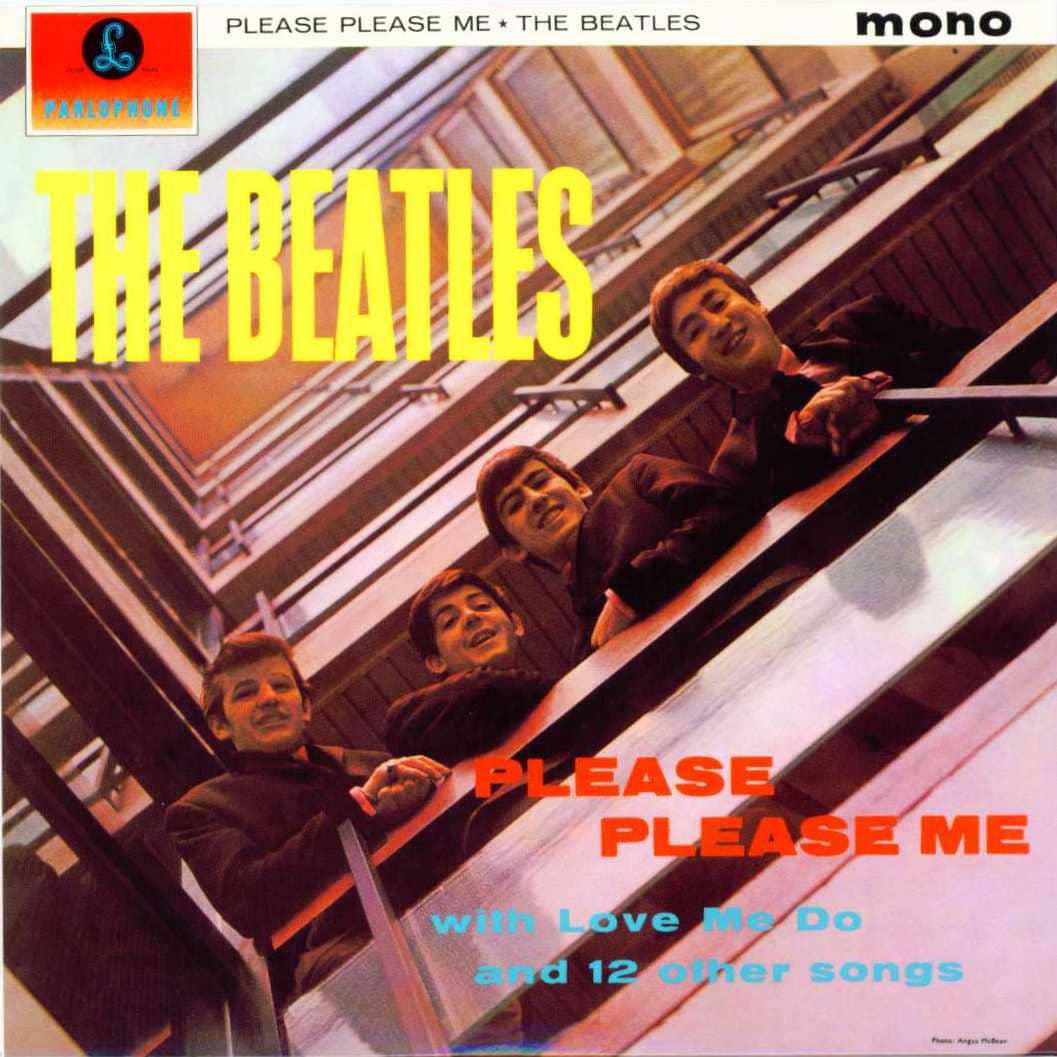
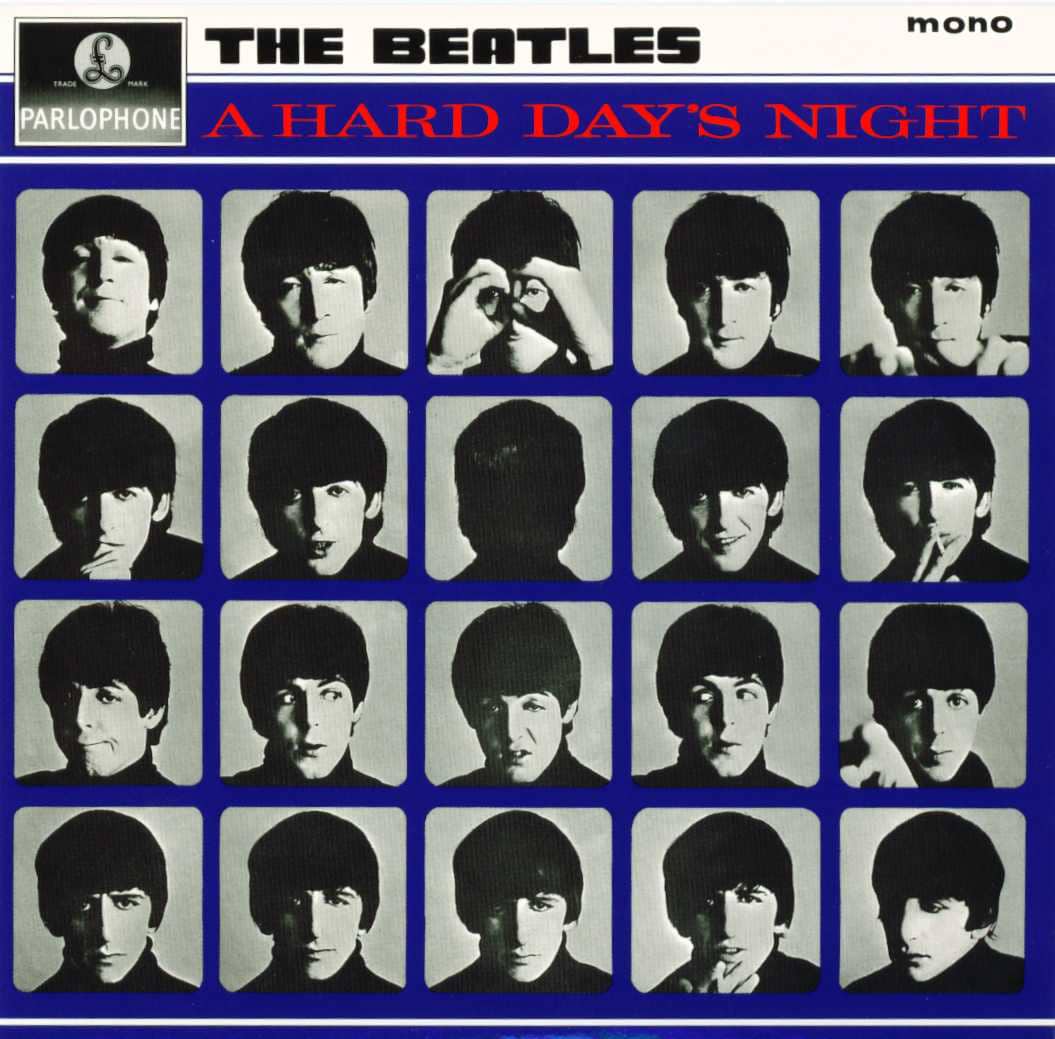
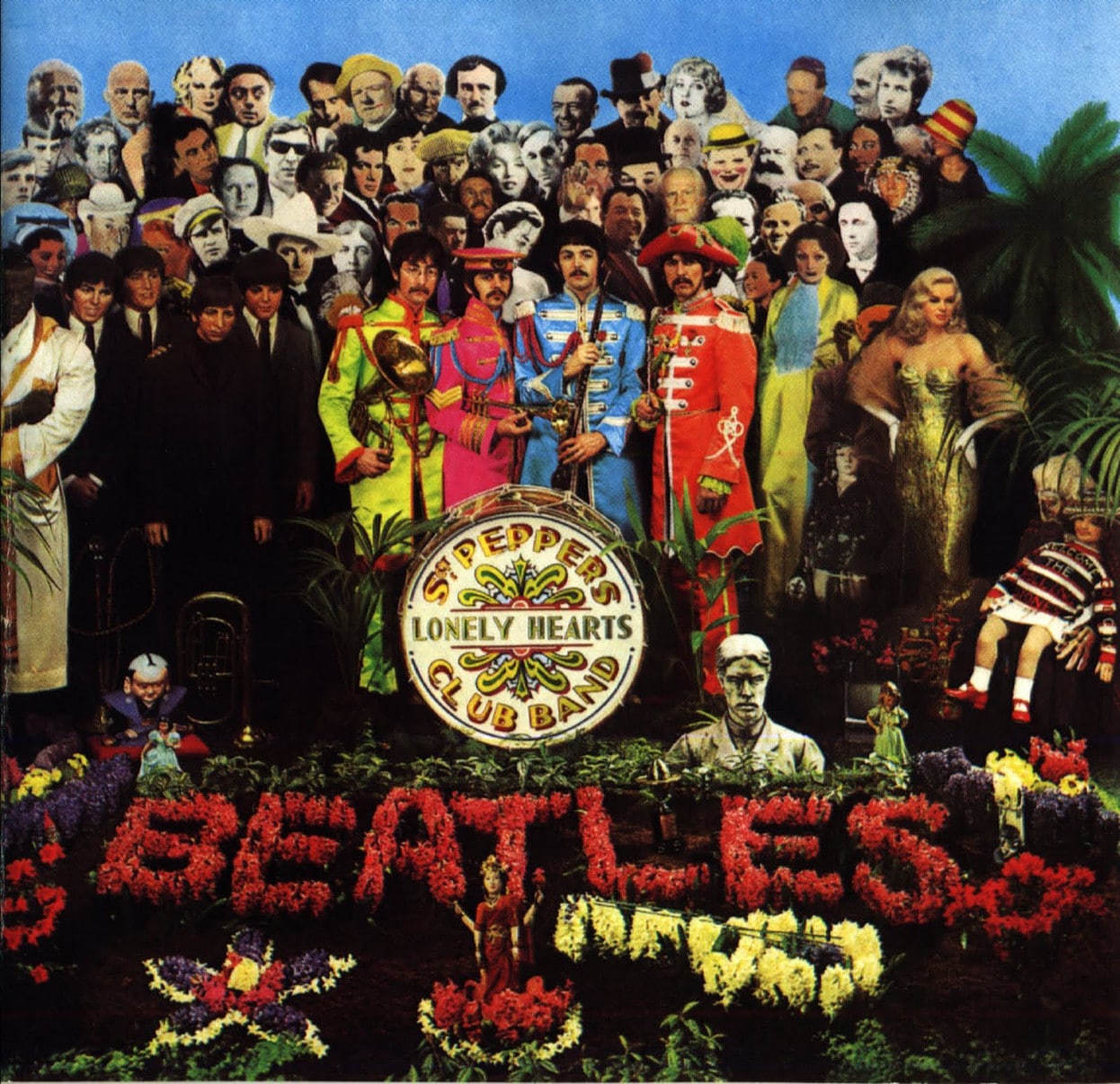
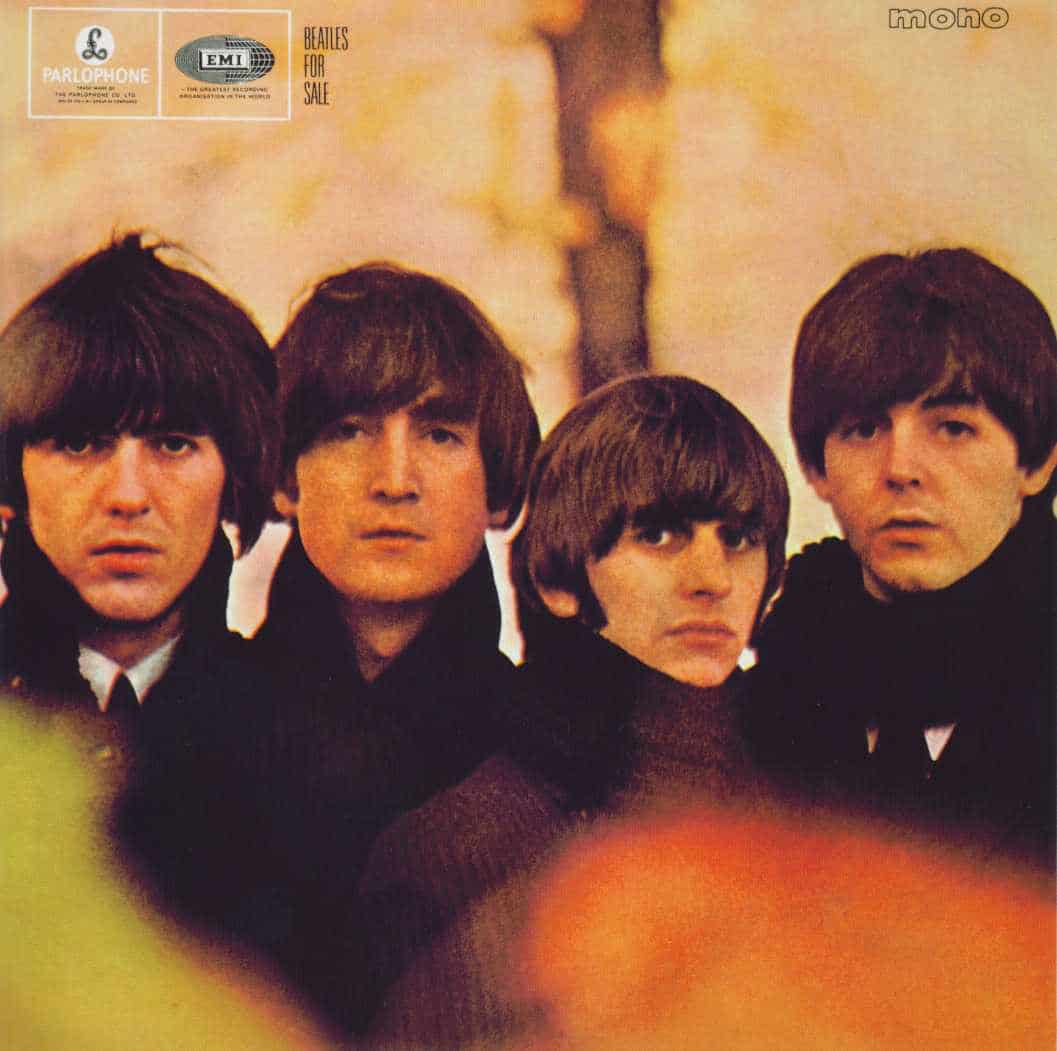
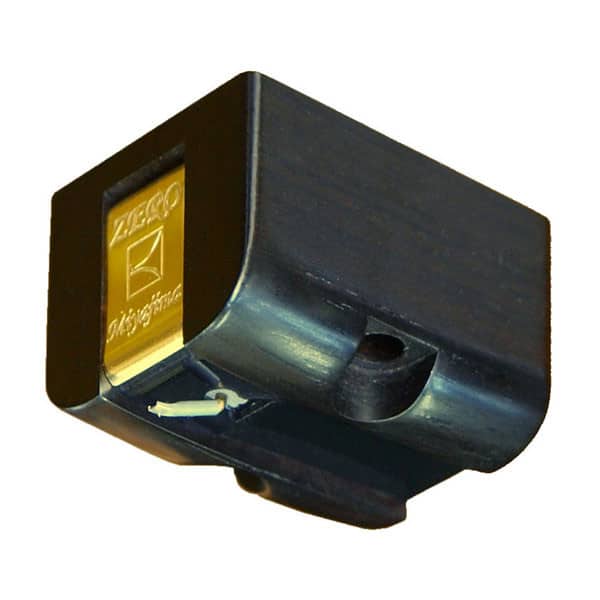
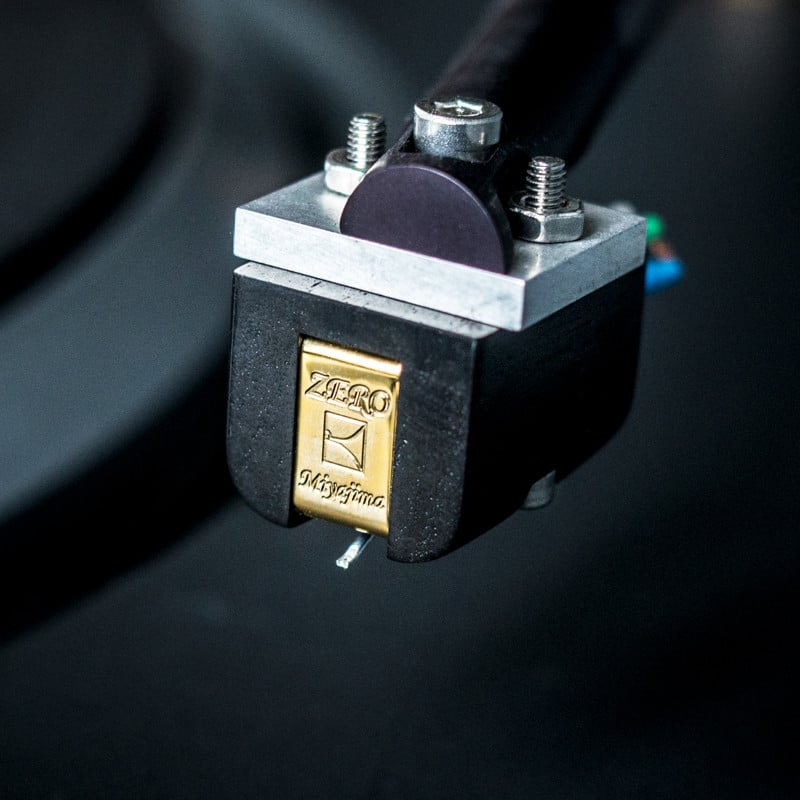
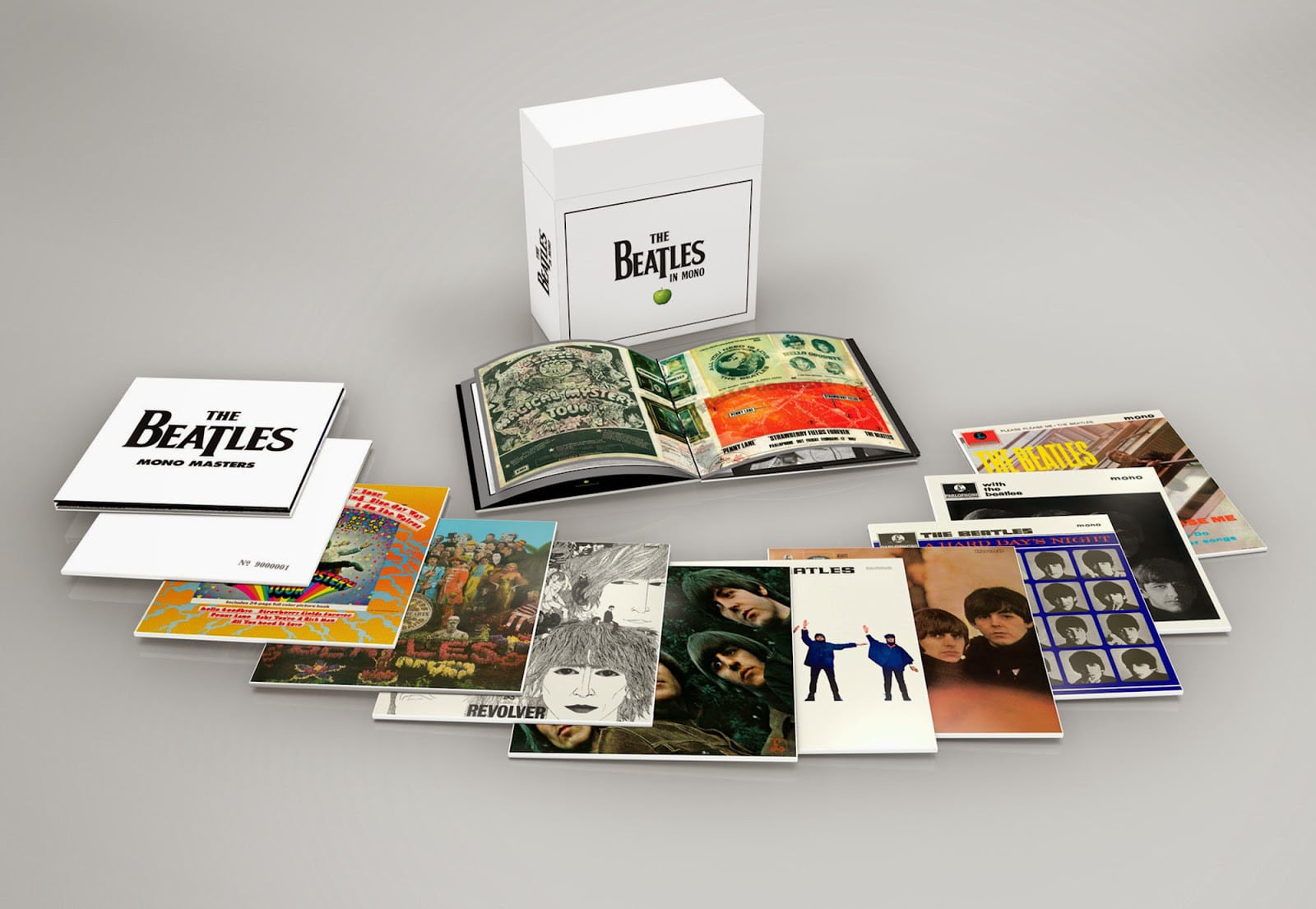
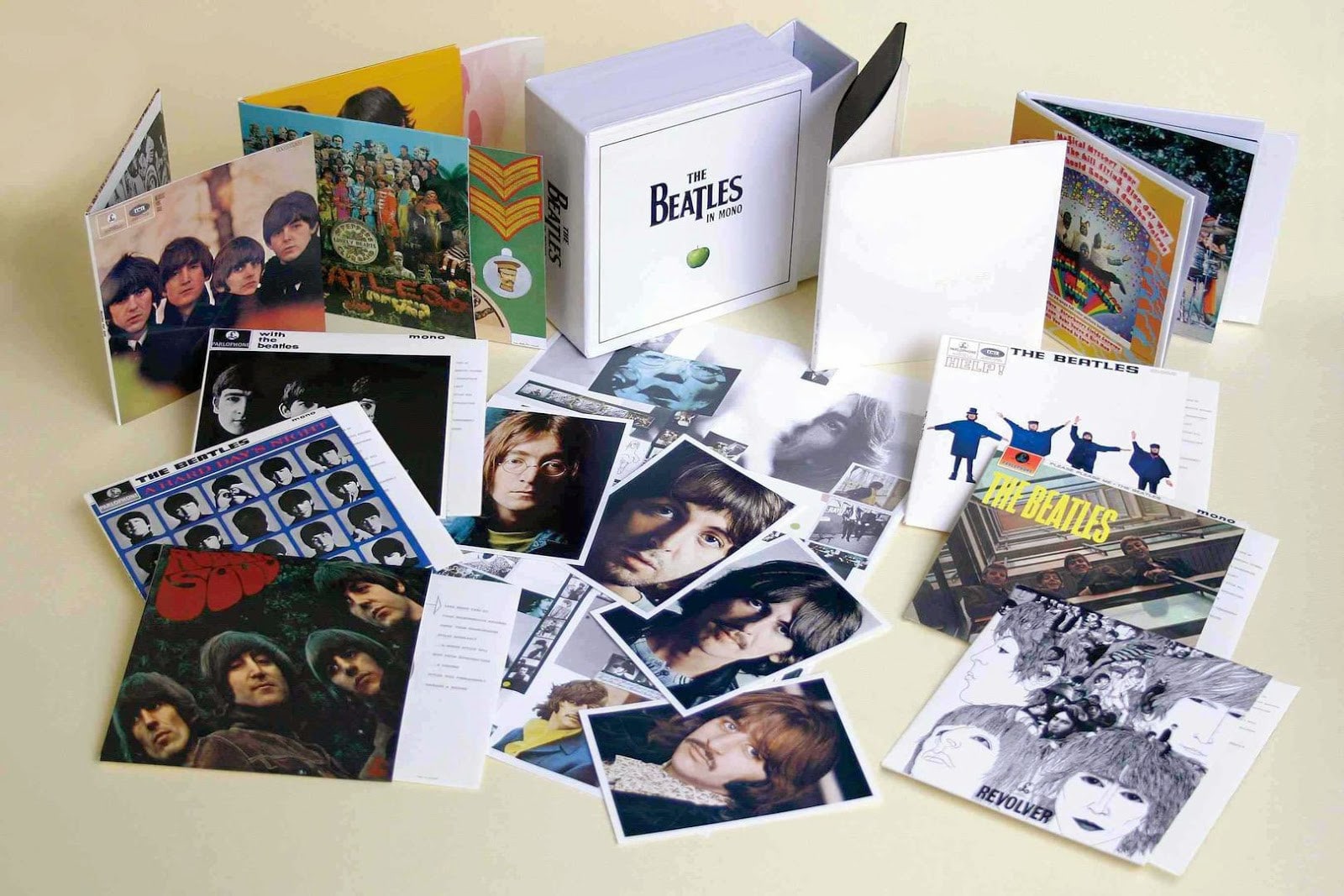
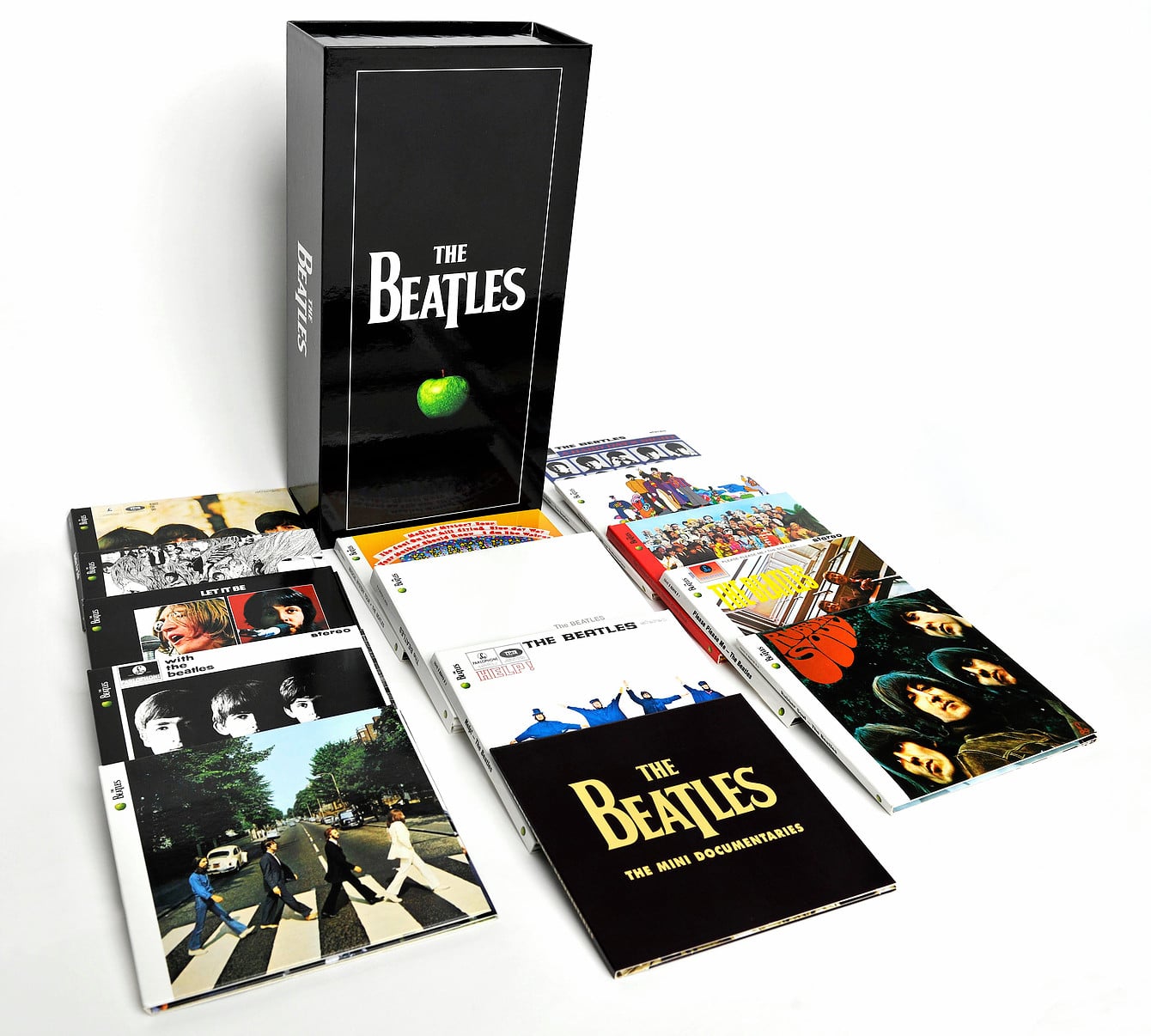
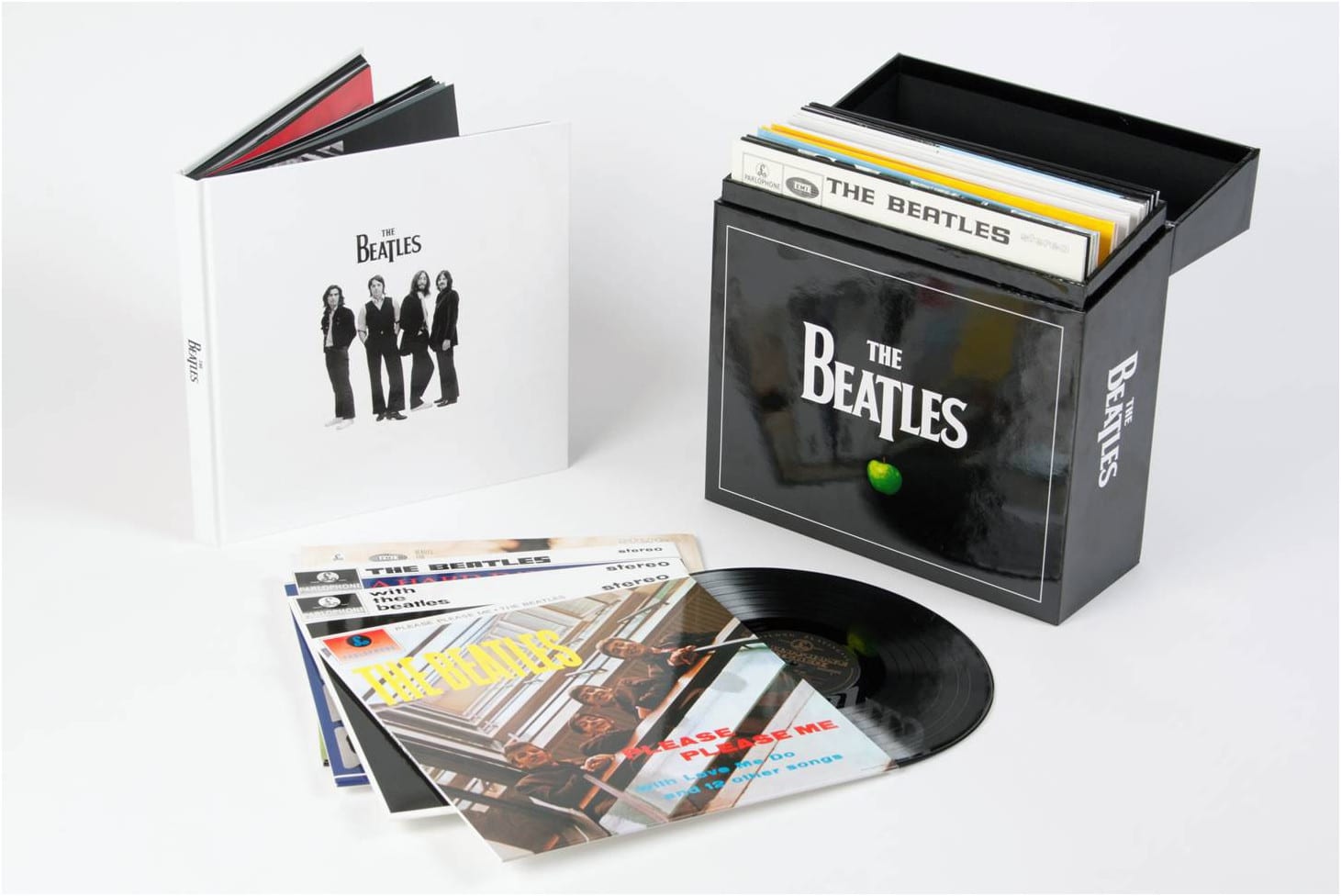
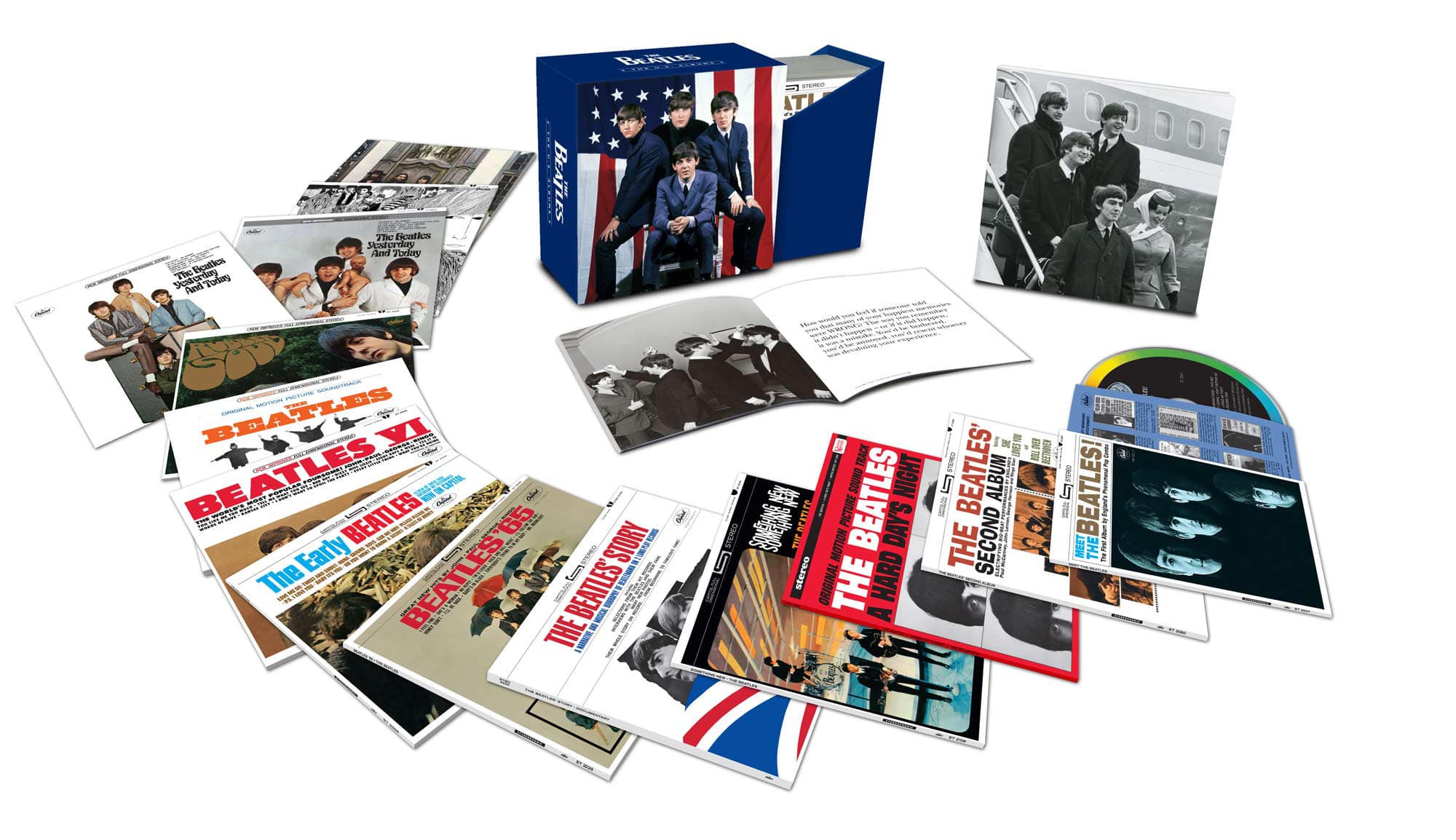
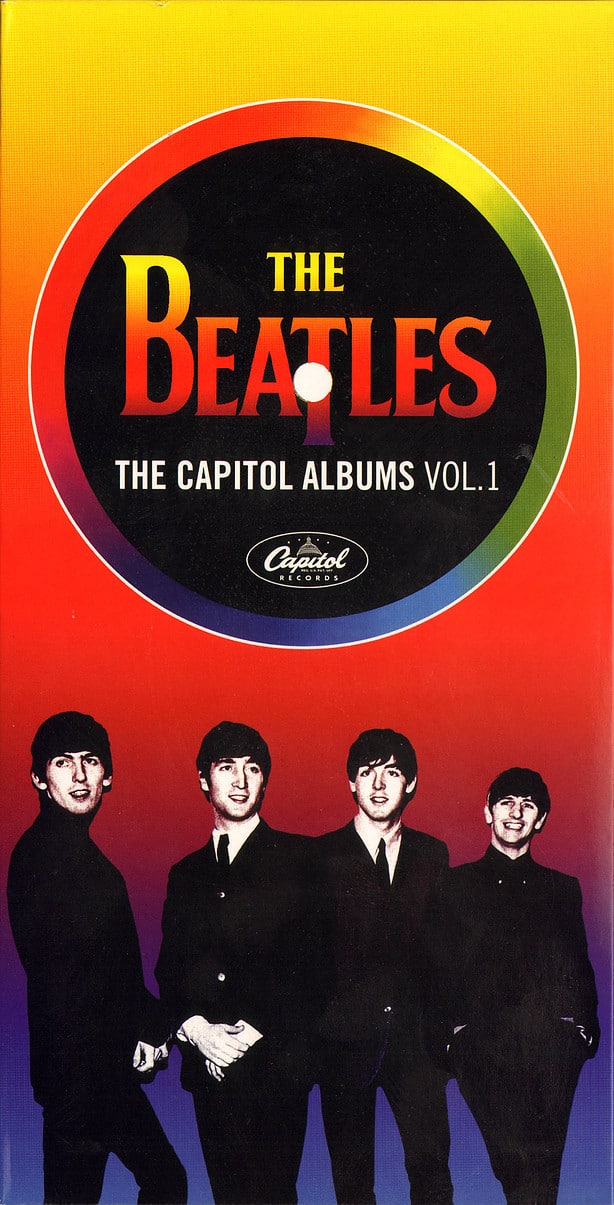
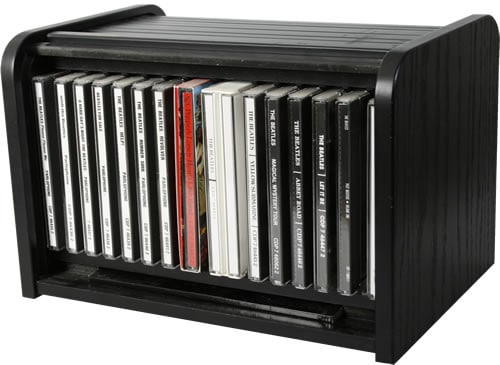
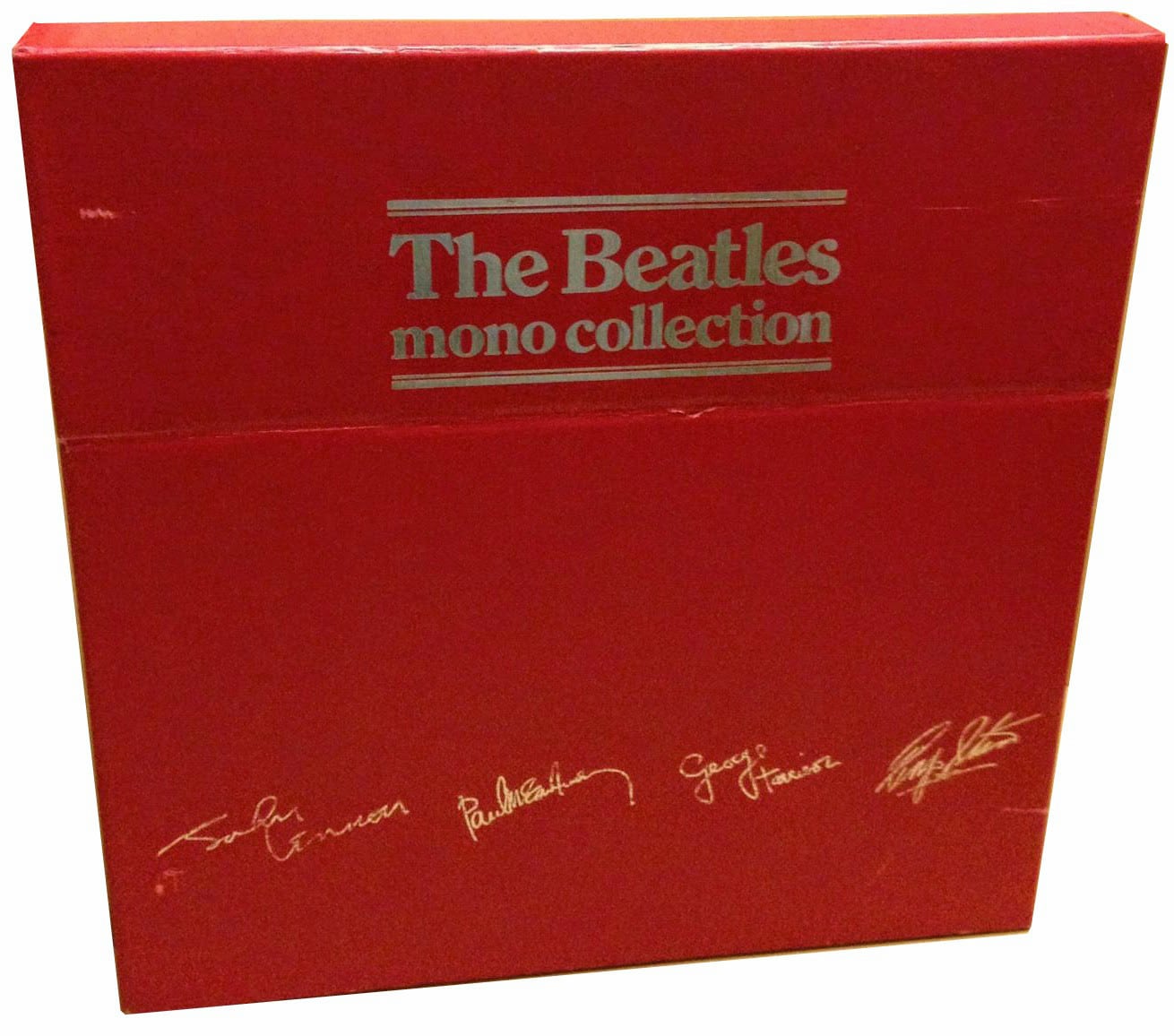
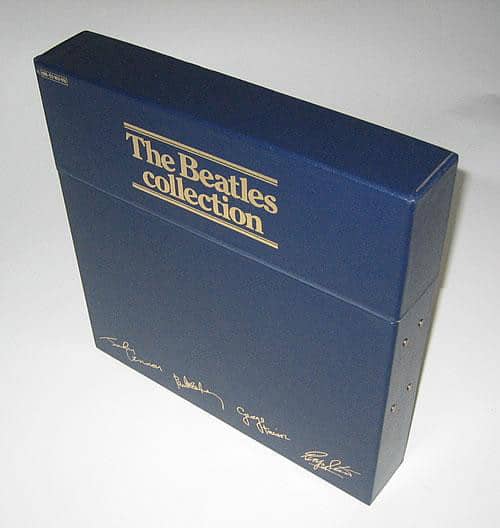
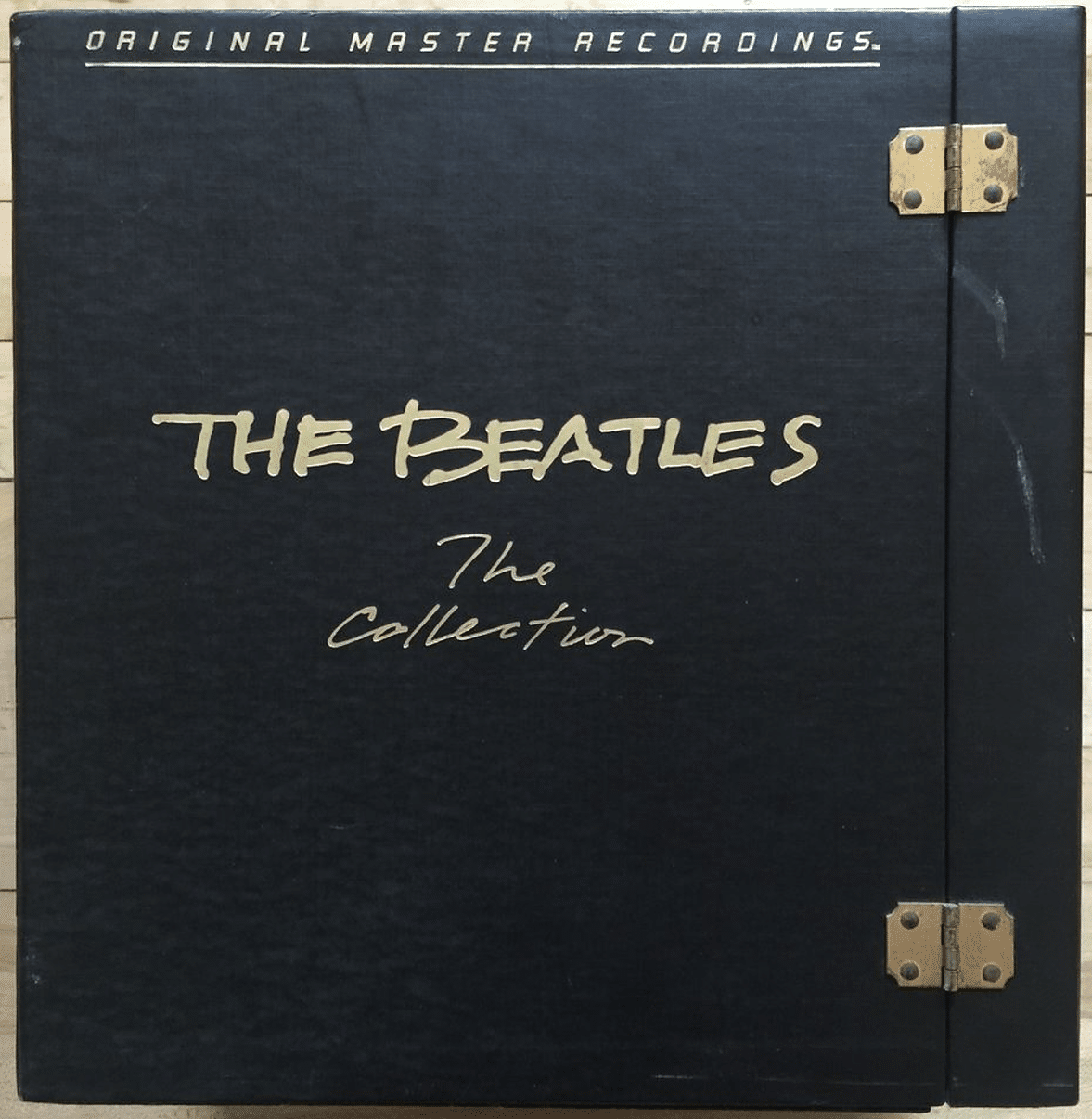
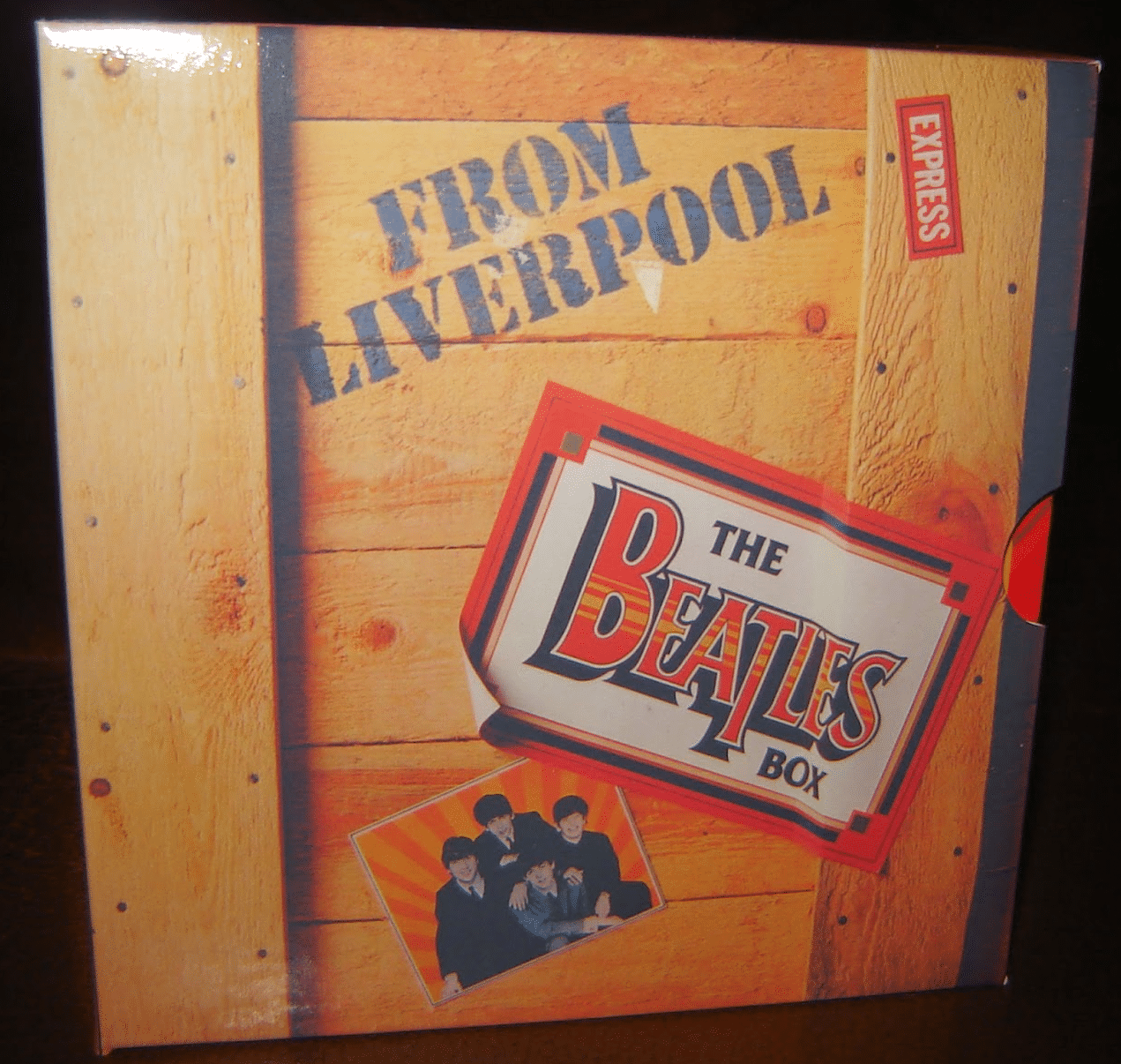


Ok, well, if you want a figure that will help me better enjoy my mono collection on a TT, then the figure is $350. You mentioned saving, but I dont know what to save for…
Thank you
OK Mark – that helps a lot.
If you want to do a job right, you need the right tools. So, a mono cartridge, ideally, should be used to track mono records. There are plenty of mono carts around, some are more expensive than others. Now, you have issues with swooping over carts for fear of damage doing just that. There’s two options you have. I guess the Rega is your main deck but stereo is your main format? If so, keep the stereo cart in the Rega.
Next? Buy a spare headhsell for your Technics or use the current one and make your Technics a specialist mono turntable. Then swop over the entire turntable and put the one you’re not using out of site from the wife’s gaze. Swopping a turntable over now and again should be less stressful than changing a cartridge. You could also buy another turntable, say a Rega Planar 1, and swop it’s cart over to a mono version and make the Planar 1 a specialist mono deck.
As for carts? Depends on available cash. If you go the Planar 1 route? Look at this Audio-Technica: https://eu.audio-technica.com/VM610MONO?search=mono cartridge
If you go the Technics route? I’d recommend using some of that budget to upgrade the turntable (better platter mat, feet, a stabiliser to sit over the centre spindle). You’re call on that. Then get a better cartridge. Depends what cash you have and if you have a phono amp that can handle moving coils but something like this one: https://eu.audio-technica.com/AT33MONO?search=mono cartridge or this: https://www.henleyaudio.co.uk/products/2M-Mono?CategoryIds=9.
Again, there’s lots of moving goalposts here depending on your priorities and requirements. Talk to me it you need guidance to hero in on your target solution. It’s a shame that you don’t have a mono button on your pre-amp but that cable fudge would do for now too.
Paul, thank you for the suggestions. I think I was told by my audio supplier that he has a friend who has a two turntable set=up just for mono and stereo. I wish there was a replaceable stylus option to make it easier, but I am just not comfortable taking the cart in and out.
Now, honestly, since I have no clue, is the sound that much better with the MONO cart???
Thanks again….
In a word – yes, Mark. The right tool for the job, as I say. As swopping carts is a bit dubious for you, I would advise two turntables and then either work out a way to place the two turntables next to each other so you end up simply swopping the cables over to your phono amp from one deck to the other or, if you have to change the turntables over to hear mono, to minimise that swopping over, might I suggest extended mono listening session of a week or so? That is, save it all up, as it where. Say to yourself right, this week/month? It’s mono time! 🙂
Paul, I was looking at an article that my local Rega dealer sent me a few months back on MONO carts with older vinyl ( http://dgmono.com/2017/02/17/modern-mono-playback/). IN this article is a table showing specs and prices of the current MONO carts (atleast from a few years ago). The VM610 you listed above is in the table, but with a footnote. If I read the footnote correctly, it essentially says that this cart is designed to mimic the MONO button or Y-patchcord. That would not be the optimal solution based on other things you said.
Am I missing something in that analysis???
Thanks
Mark
Hi Mark – it’s a budget thing. The more you spend, the better the components and the purer the sound. Spend more on a mono cart and you will find a better quality of sound from a more considered design. For example, and as an aside, none of the cartridges I mentioned to you are ground up mono designs. They are all adapted from stereo designs. Why? Because building a mono cart from scratch is incredibly expensive. You can test this yourself. If you see a mono cart in an arm, place it on the vinyl and watch the cantilever. If the cantilever ‘gives’ with a bit of a bounce, it’s been adapted from a stereo model. A true mono cart has no ‘give’ at all. So, yes, cheap mono carts can be a fudge but I advise you to spend as much as possible and get the best one you can. The more you spend, the better the design. One more tip? The best ‘cheapest’ mono cart on the market is the Kotetu from Miyajima. Check out the link: https://theaudiophileman.com/kotetu-and-the-zero/ This is a ‘pure’, bottom up, mono design. Incredible value – it should be at least twice the price.
Paul, thank you again for all your time and your expertise. It Dondonde me yesterday, after reading a few of your replies above, that the word swapping didn’t look right but I couldn’t put my finger on it. Here in the US, will use an “a” and not an “o” for the vowel. Actually, I think in one of your occurrences, you actually spell it swoop.
Anyway, I can only assume, that there are people that might actually change out the cartridge from stereo to mono to listen to their albums, even as you said, for extended period of time to take it vantage of the opportunity. I just see Too many ways to damage either cartridge, having to unhook those for tiny wires, mount the cartridge, and then align everything over and over again. The two turntable option, unless you have a head shell that will except another stylist too many ways to damage either cartridge, having to unhook those for tiny wires, mount the cartridge, and then align everything over and over again. The two turntable option, unless you have a head shell that will except another cartridge, as the only way to do this.
I will keep in touch and let you know when I purchase a cartridge, and get everything set up and try it out.
Hi Mark – I swop my cart when I want to listen to mono LPs. If you focus and take it slow, you’ll never do damage. Its confidence I suppose but, like driving a car, the more you do it the less it worries you.
That said, you have to feel comfortable. I don’t want to pressure you at all on this. Hi-Fi is suppose to be ‘fun’ after all 🙂 I guess it’s impossible to create a double shelving system to mount two turntables next to each other? Then, all you’d need to do is to swop the phono amp cables from one turntable to the other, you wouldn’t have to lift and carry turntables or reinstall cartridges, etc, etc.
Another option, is it possible to have a second hi-fi in another room topped by the Technics? To have, in effect, a mono hifi system in a different part of your house?
Thanks for an excellent summation of the various Beatles box sets.
The Mobile Fidelity Box is widely conisdered an audio joke with it’s smiley face EQ (boosted bass and treble, midrange suckout).
There was also a Japanese set on red vinyl, beautifully pressed but clean and sterile sounding.
In the digital realm, have you heard the Green Apple USB ?
That had the albums in stereo at 44.1/24-bit and loses a lot of the stridency you noted in the Remastered stereo CD box.
Hi James – I did try to get the Green Apple but they wouldn’t send one to me. Press promos, at the time, were non-existent I recall. It was a triumph to get a press release in a card folder from them. Interesting to hear about the sound quality difference, though. Thanks for that.
Paul, this is not necessarily an audio question, but would you by chance know how one might obtain the books that are sold with the CD versions of the 50th anniversary editions of Sgt Peppers, The White Album and Abbey Road?? I have the vinyl of the first two and will get Abbey Rd for Christmas. I would love to have the hardback book that come with the Deluxe CD versions that are sold, but they dont seem to offer the book separately.
By the way, I enjoy your weekly newsletter. Thank you so much. In addition, I am still looking for a good deal on a MONO cart (see above)
Hi Mark – Having gone through this process with another reader for a different CD release, the answer seems to be to approach the record label itself. There may be spare copies floating around out there so the label may have a contact for you. Glad you’re enjoying the newsletters and good luck on the mono deal!
Thanks Paul. I did contact the people who run The Beatles marketing site (they fill the orders) and they were no help. Maybe I can go above their heads..
Absolutely – often marketing sites are third party affairs, brought in for a limited time. I’d contact the label direct.
Paul, did you see this ??? https://usastore.thebeatles.com/product/Y4AMBE289
By the way, in reference to the question above that I asked you about, I did contact the author of the book that is included in the Deluxe CS set for Abbey Rd and he wrote me back and said it was a way to sell the Deluxe package. However, I the Deluxe vinyl set, has no book, on any of the 50th anniversary sets. Disappointed….
Hmmm, sorry to hear about your book experience, Mark. As for the singles set? Again, hmmmm. Underwhelmed, I have to say. ¬£10 each is sorta expected today for prime 7″s but I’d still lean towards calling the set over-priced. What does surprise me and I guess disappoints me is that Miles Showell was not involved in this. He is part of Abbey Road and in control of half speed mastering. Why didn’t he half speed all of these? Half speed makes a BIG difference to 7″ sound quality. I know because I grabbed a new copy of OMD’s debut single, Electricity. Mastered by Showell in half speed. It sounded better than many of the remastered 12″ albums I’ve been hearing of late. Frustrating.
yes sir, and do not know enough of the singles box set to be disappointed; thank you for pointing that out. Yes, $10 each single or $5 a song is expensive and no doubt The Beatles Inc. know people will buy them regardless of the sound quality or what they could have been.
Thanks again, Sir.
Many thanks. Absolutely fascinating and beautifully written article. Only problem is, I think it’s going to cost me a lot of money. I have a record collection that was started in the early 1960s and is still being added to. My set up is obviously more recent so I guess I’m using a .7 on those early monos.
Thats very kind of you Tony. And yes, my wallet and I have similar conversations.
Hey Paul. Well, I just recently bought a Rogue Stealth phono amp to go with my Rogue Sphinx II integrated amp. So, I hooked my Rega P3 to my Stealth and now I can use the “phono” port for my Technics SL-220 TT with the Ortofon 2M SE mono. So, today I played the 2014 mono Sgt. Peppers on the Technics and the 50th anniversary Sgt. Peppers on the Rega. The mono version sounded “crisper” and more vibrant at the same volume setting. It made me realize that I need to clean my speed potentiometers on my Technics since the speed was fluctuating.
Hey Paul. Very nice write-up – clear, informative and passionate, as usual. Congrats.
I would completely agree with your assessment of the Mono vinyl box set from 2014. It’s pretty much become my go-to version for all the albums up to and including Rubber Soul – after that one and despite the lower levels of attention given to the stereo mixes of Revoler / Pepper / the White album at the time, I do prefer the extra space and separation in the stereo versions of those – for which my go-to versions would be the blue box from 1978; in fact I get no trace of harshness at all on that one – might have been lucky with my particular pressing ? It’s a UK early print bought from eil years ago. I find it much more “natural” sounding than the 2009 stereo vinyl box, of which my assessment would be similar to noise – more detail, less music. For stereo CD, for all its flaws I still prefer the 1988 “bread bin”. The tone feels slightly warmer / more organic to me than that of the 2009 CDs.
Which actually brings me to my first question : I’ve yet to try the hi resolution file versions of those 2009 remasters : I’ve read a few things about how 24/192 does full justice to the intentions of the team and loses the harshness of the CD version. Have you heard them ? Would you agree ? Same question would apply to the high resolution versions of the Mono masters.
Second question – I do also have a bit of a curio here : the US made vinyl version of the bread bin. Also made in 1988. I haven’t played it in ages and was going to do a shoot-out one of these days between that, the 1978 blue box and the 2009 box. Have you ever come across it ? Do you know anything about it (e.g. does it use the digital files used for the 1988 CDs, any differences in eq etc) ?
Best from France – Michel
Hi Michel – I’m afraid I haven’t heard the digital versions, no. I’d be interested to hear your opinions on them if you do manage to grab them. And again, I’m afraid I never saw the vinyl version of the bread bin. Only the CD version of the same. The vinyl version was a pretty rare beat, I recall and expensive if you could even find it. Again, be interested in your opinions on that if you listen to it.